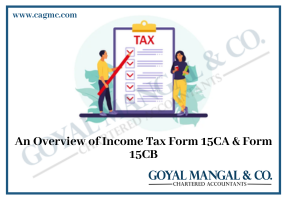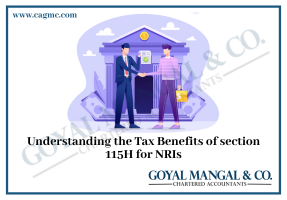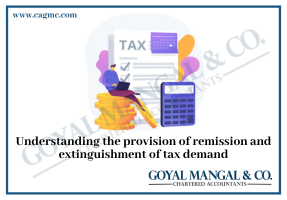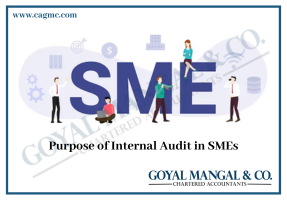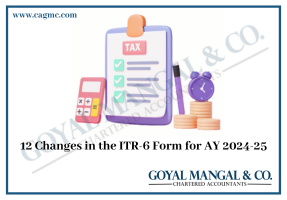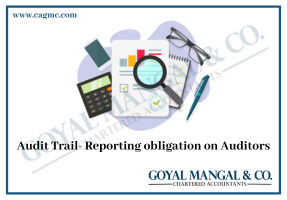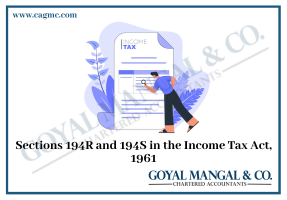| Table of Content |
What is Income Tax Refund?
We often come across the term ‘tax refund’. What does it means is described below.
Income tax refund or tax rebate is a refund furnished to the taxpayer when the tax liability is less than the taxes paid. Taxpayers can avail a tax refund on their income tax if the tax they owe is less than the sum of the total amount of the withholding taxes and estimated taxes that they paid. Tax refunds are mostly paid after the end of tax the year.
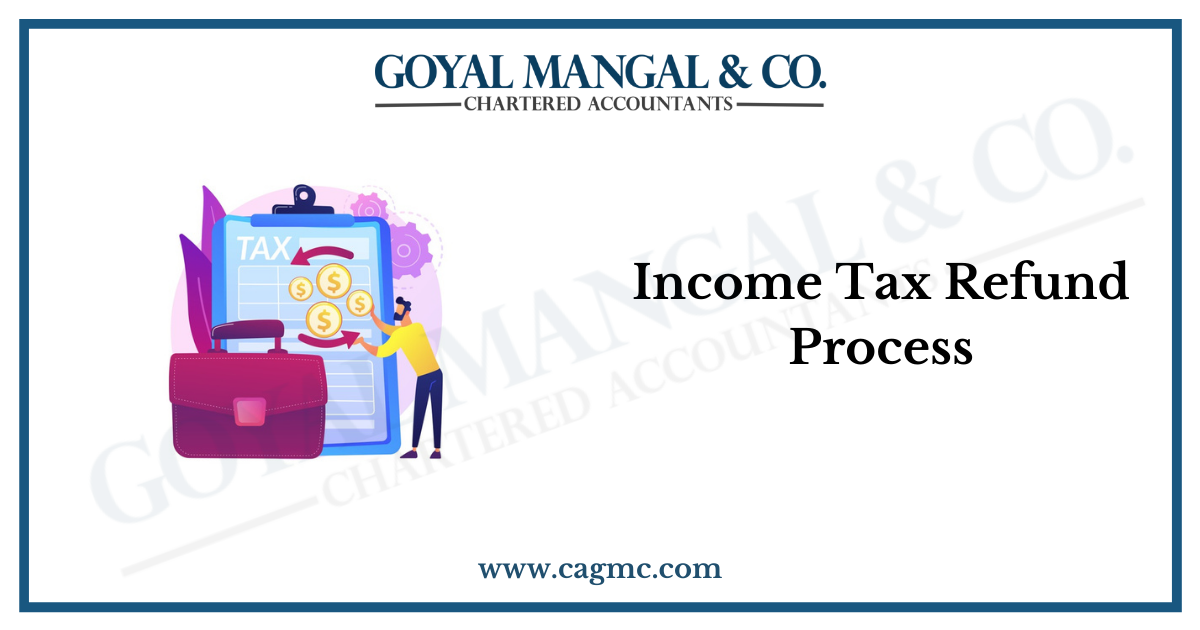
Refunds arise in those cases where the amount of tax paid by a person is greater than the amount which he/she is chargeable, as per the Income Tax and other Direct Tax laws. The same is governed by Sections 237 to 245 of the Income Tax Act, 1961.
Eligibility for Income Tax Refund
- If the tax that you have paid in advance, on the basis of self-assessment, is greater than the tax that you are liable to pay as per the regular assessment
- If your tax deducted at source (TDS) from interest on salary, securities or debentures, dividends etc. is more than the tax payable based on regular assessment.
- In case the same income is taxed in a foreign country (with which the government of India has an agreement to avoid double-taxation) and in India as well.
- If the tax charged on the basis of regular assessments is reduced due to an error in the assessment process which was resolved.
- If you find that that the tax payable is in the negative, after considering the taxes you’ve paid and the deductions you are allowed.
- In case you have done any investments that offer tax benefits and deductions, which you haven’t declared yet.
How to get Income Tax Refund in India
Once an assesse files income tax return before the due dates as applicable, is eligible to avail income tax refund.
- Amount Of Income Tax Refund: Firstly, the amount of tax liability of the tax payer must be computed for the assessment year so as to analyze the amount of tax refund. If the income tax paid is more then the tax liability then the difference will be treated as income tax refund.
- Filing and Verification of ITR: The next step is to file the ITR as early as possible and ensure that it is verified through aadhar OTP or physically verified by sending the signed ITR-V i.e. the acknowledgement copy to Centralised Processing Centre (CPC) within due time period. It is necessary to verify the return for refund processing, the earlier you file and verify the return, processing of refund starts earlier.
- Payment Of Tax Refund: Once the return is processed by the department, refund will be issued to the tax payer. The payment of refund is directly credited to the bank account that is registered with the Income Tax Department.
- Claiming Income Tax Refund: The quickest and easiest method of income tax refund is to declare all investments in Form 16. Here, investment includes investments in life insurance premium, house rent paid, investment in equity, etc. while filling IT RETURN, submit all necessary and relevant proofs. And if tax payer is unable to do so then one more option is to file Form 30.Form 30 is basically a request that your case be looked into and analysed , so that the excess tax you have paid is refunded. Your income tax refund claim should be submitted before the end of the financial year. Also, your claim needs to be accompanied by a return in the form, as prescribed under Section 139 of the Income Tax Act, 1961.
Interest on income tax refund
The refund amount received by you also includes interest component which is given by income tax department mandatorily, if the refund amount is 10% or more of tax paid.
Section 244A of the Income Tax Act, deals with interest on income tax refund and provides for interest at the rate of 0.5% per month. Such interest amount is calculated from April 1st of assessment year till the date of grant of refund if refund amount is due to excess advance tax paid or TDS.
How to check refund status?
You can check refund status of your ITR online by following the below procedure:
- Go to refund page of nsdl. (https://tin.tin.nsdl.com/oltas/refundstatuslogin.html)
- Enter your PAN, relevant assessment year and click on ‘submit’
- You will see the Status of refund displayed on the next screen
- You can also access the Refund payment details reflected in Form 26AS in the ‘Tax credit statement’.
What to Do If Refund is Not Processed?
Income Tax Return form has to be verified by the relevant authority to process income tax returns. If you are yet to receive your refund and not received even after 3 or 4 months of verification of ITR, it perhaps implies that your refund has not been verified yet.
You can get in touch with the Centralized Processing Centre (CPC) of the Income Tax Department on 1800 4250 0025 or 080-2650 0025 to clarify the reason(s) behind the delay.
